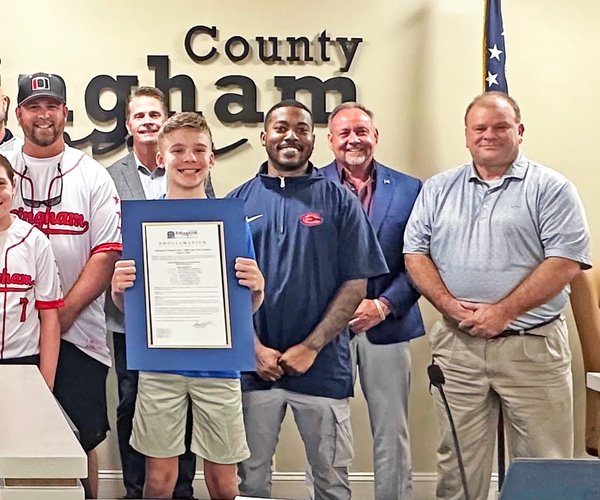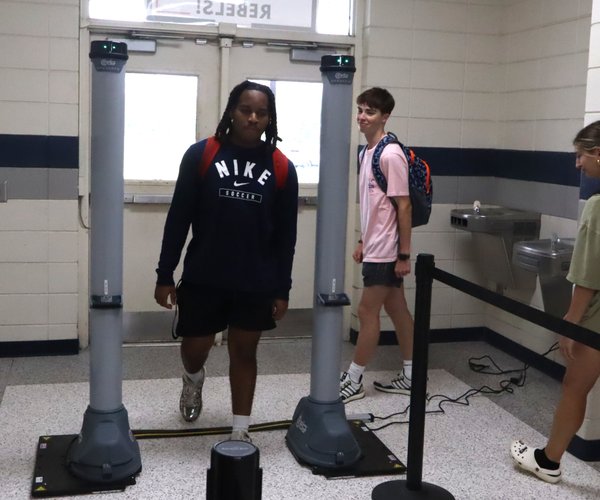Several members of the Georgia Public Service Commission received a briefing from Georgia Power Company officials on the nuclear reactor incident in Japan. The commissioners received details about the incident in Japan at the Fukushima Dai-ichi Nuclear Power Plant and about the integrity and design of the nuclear power reactors operated by Georgia Power and Southern Company near Waynesboro and Baxley.
The commission reiterated its ongoing commitment to ensure the health and safety of Georgia’s citizens, noting that all nuclear plants in Georgia are operating safely. Plant Vogtle Unit 1 is offline and in a scheduled refueling outage.
As with every U.S. nuclear power plant, Southern Company’s plants Hatch and Vogtle were designed, licensed and built to endure environmental hazards and disasters, the PSC said.
In addition, the commission does not expect the events unfolding in Japan to have significant impacts on the licensing and construction of two new units at Plant Vogtle. The co-owners remain committed to the projects and expected commercial operating dates for Units 3 and 4 remain 2016 and 2017 respectively.
The commission pointed out there are a number of key differences between the Vogtle plant site near Waynesboro and those in Japan. For example, Japan is in a high seismic activity area whereas the potential for an earthquake near the Vogtle site, as well as Plant Hatch, is significantly lower, and the magnitude of any earthquake is likewise much lower.
The Vogtle site was evaluated for the most severe earthquake that might occur once in a 10,000 year period. The reactor design selected for AP1000 design greatly exceeds that requirement for the Vogtle site.
The AP1000 relies on passive safety systems that rely on gravity, natural circulation, convection, compressed gas and condensation to maintain safe operation and shut down safely. Many of the enhanced features of the AP1000 design are specifically intended to eliminate the dependence upon mechanical and electrical support systems to keep the fuel cool during an event.
None of Georgia Power’s major component fabrication facilities in Japan or South Korea were damaged by the earthquake and tsunami. The company will continue to evaluate long-term effects on facilities, personnel, supply chain network, and other resources which may be called upon for Japan’s recovery. The only major component shipment scheduled in 2011 is the Unit 3 containment vessel Ring 1 plates. The finished plates will be loaded via crane directly to a ship at the IHI facility on Yokohama harbor.








